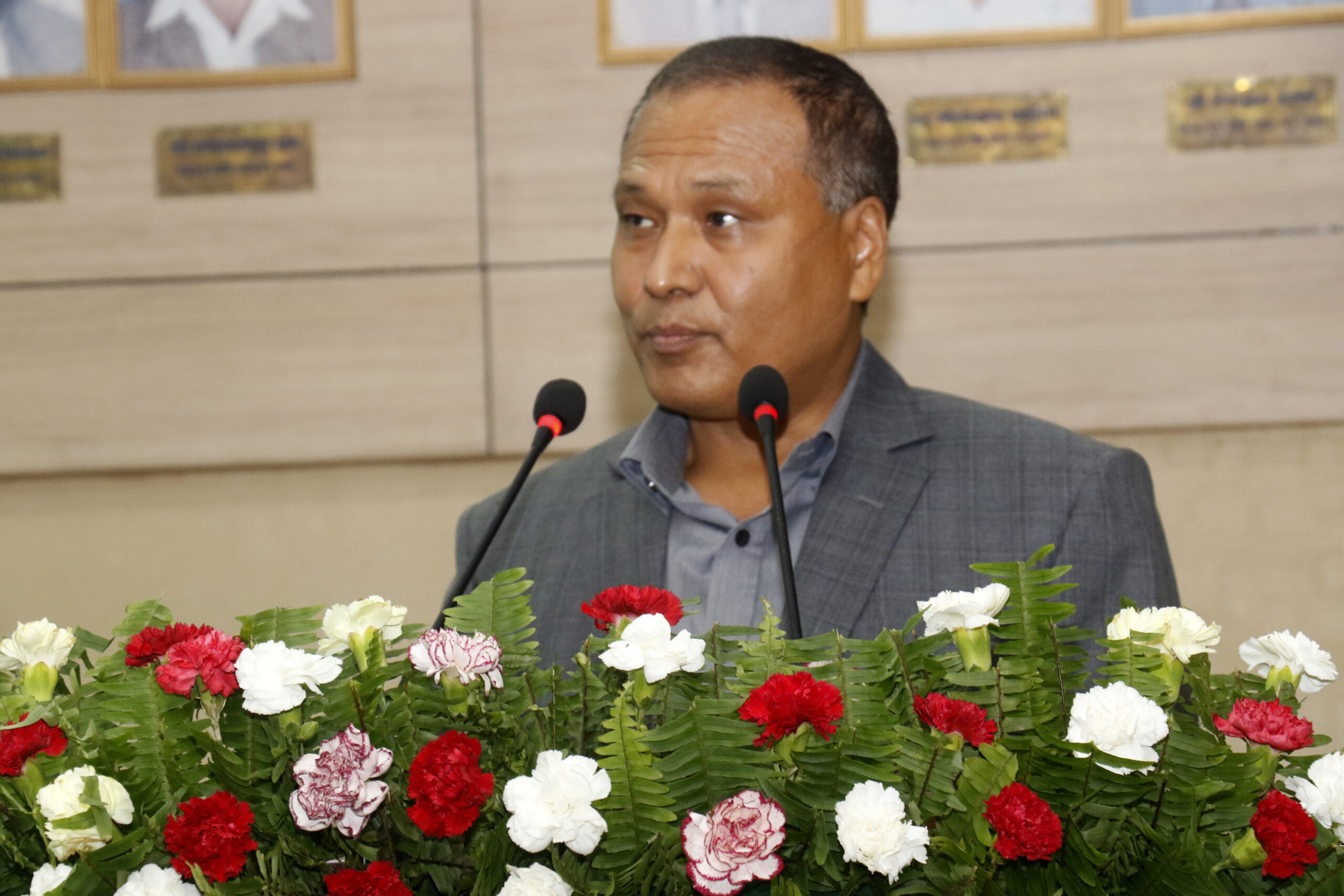
Ramesh Lamsal/RSS
KATHMANDU: The demand for electricity has increased significantly in the domestic market, thanks to effective policy, practical action plan among other incentives. Electricity demand is found increasing by 20 per cent every year on an average, Nepal Electricity Authority (NEA), the country’s power utility, said.
According to NEA, the internal demand for electricity has suddenly increased due to the steps taken to increase the electricity demand and the increase in cold. The peak demand for electricity this year has increased compared to the previous year and it is in the range of 300 megawatts. NEA has adopted the policy of promoting the use of electric appliances and to provide to the industries the quantity of power required by them with the aim of increasing the domestic consumption following the surplus of electricity.
It is found that the use of electric home appliances as induction cooking tops, air condition etc. has increased.
Similarly, although the process of construction of charging stations has not moved forward at the government level, such stations are being constructed through private sector initiative. This has also helped in the growth of electric vehicles. The big industries have been supplied with electricity as per their demand and this has helped enhance their production capacity.
NEA has provided 30 megawatts electricity to Hongshi Cement Industry, the largest cement factory in the country, since the second week of November. Another cement factory with Chinese investment, Huashin Cement Industry, has also taken 20 megawatts electricity.
Electricity demand capacity both in terms of megawatts and energy units is found increasing. For instance, the peak demand in the system on December 13 was 1,539 megawatts whereas the peak demand on the same day last year was 1,217 megawatts – an increase of 322 megawatts. On this basis, the peak demand for electricity has increased by 26.5 per cent this year compared to the demand on the same date last year.
In order to meet the peak demand for electricity on December 13, NEA had managed 540 megawatts electricity from its power houses, 529 megawatts from the powerhouses of its subsidiary companies and 425 megawatts from the private sector power houses, and imported 25 megawatts from India. Four megawatts electricity was exported to India even during peak time on that date.
Likewise, electricity demand has also increased suddenly in the Kathmandu Valley and surrounding regions where there is high electricity consumption. The highest demand in Kathmandu Valley has increased around 90 megawatts. The peak demand in the Valley last year was 293 megawatts and it has gone up and reached 382 megawatts. This shows that the demand for electricity has risen notably in the Kathmandu Valley as well. The use of electric cooking tops has increased in the Valley.
On the basis of the energy demand, the electricity consumption was 27.2 million units on December 13, which is 28.65 per cent more compared to the 21.1 million units on the same day last year.